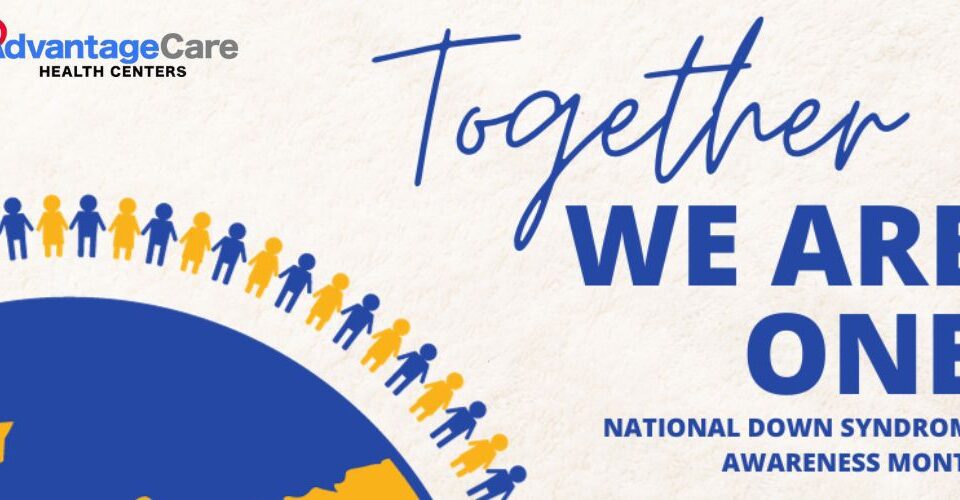Getting the Most Out of Your Child’s Applied Behavior Analysis (ABA) Program
August 1, 2015Traveling with Children on the Autism Spectrum
August 19, 2015According to John Foxe, director of the Children’s Research Unit at Albert Einstein College of Medicine, how we combine the information coming in from our senses could provide new insights into autism. His research group compares sensory integration in high-functioning children on the autistic spectrum (mostly boys in this case) and in matched “neurotypical” children. Their findings suggest that typically developing children acquire the ability to rapidly integrate multiple senses around the age of seven to nine, but the children on the autism spectrum do not fully develop this ability until they are in their teens.
What is sensory integration?
Our brains take in information from several senses at the same time to figure out the world around us, and Dr. Foxe’s team has been making strides into understanding how that happens.
According to Dr. Foxe, when we are walking around normally, maybe sightseeing or strolling, we are receiving information into our bodies and brains from all of our senses. “When you see an object, you may also reach out and touch it and listen to the noise that it makes.” Combining those sensory signals together can give a result that is actually bigger than the sum of its parts.
For example, visual input or auditory input alone only gives you get a certain amount of information from each. But when you put the two of these senses together, it’s not just the simple sum of the two. Instead, you get a multiplying effect and the information you get is often much better than from either sensory system alone. So it stands to reason that if you are not able to process sensory information well, which has been shown to be a problem for children with autism, it can affect the development of certain skills such as speaking or reading. Autism’s symptoms also include difficulty processing sensory information such as textures, sounds, smells, tastes, brightness, and movement. These difficulties can make ordinary situations feel overwhelming. As such, they can interfere with daily function and even isolate individuals and their families.
What is the goal of the research?
The research team wants to develop electrophysiological markers that can identify children maybe even as young as infants. Using non-invasive brain tests at this age can help to identify the kids who should be watched for developmental delays or issues with language.
Dr. Foxe feels that there is a large window in infancy and toddlerhood within which to identify this multi-sensory deficit and target those kids as soon as possible for therapy. However, for use in autism much research and validation still needs to be done, including more studies that track individuals over time.
Article written by Zonya Mitchell, PsyD., Neuropsychologist at the Fay J. Lindner Center for Autism and Developmental Disabilities.




